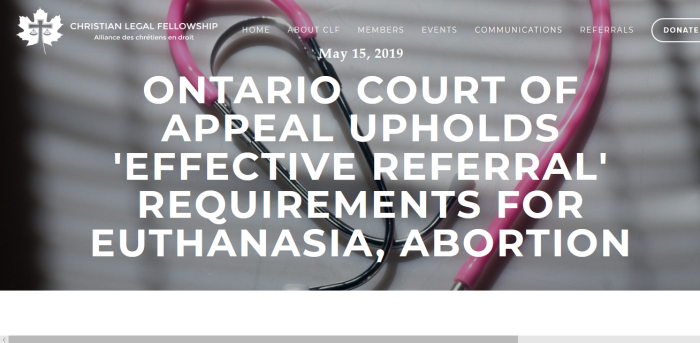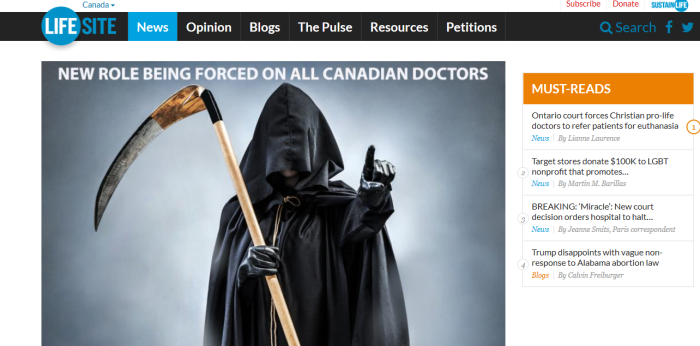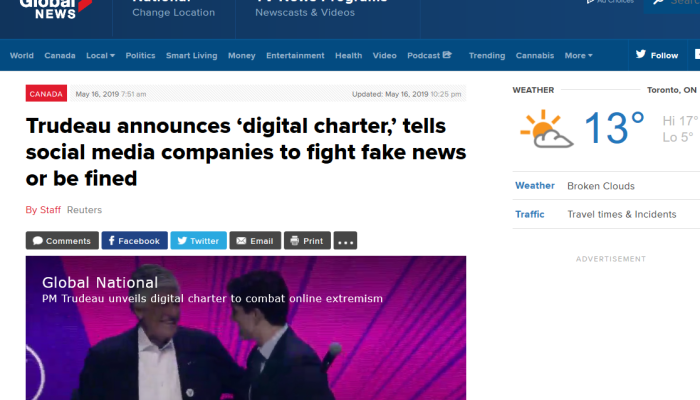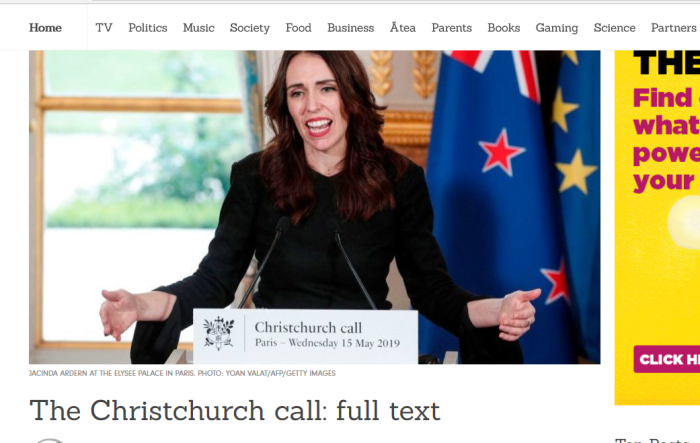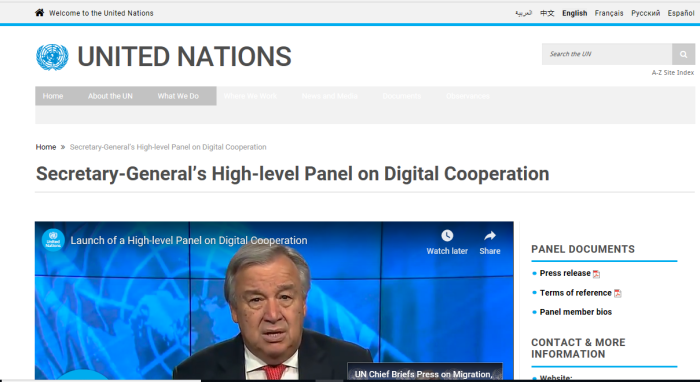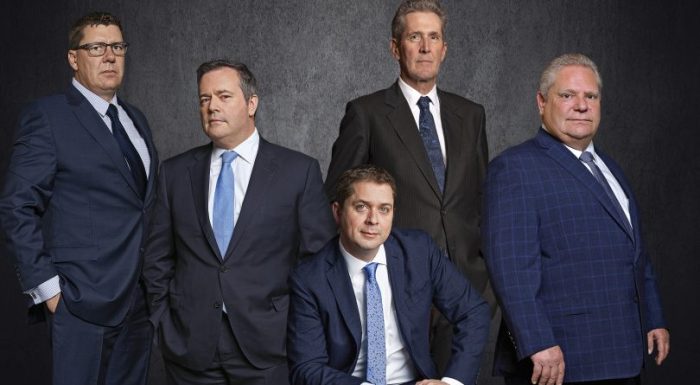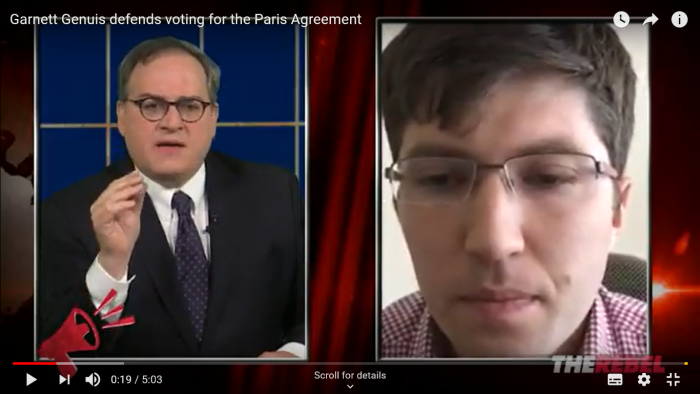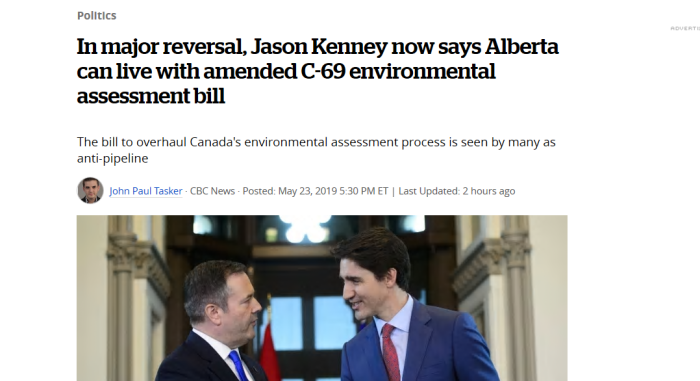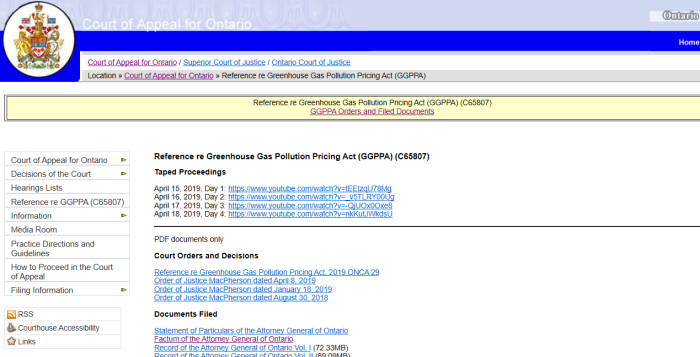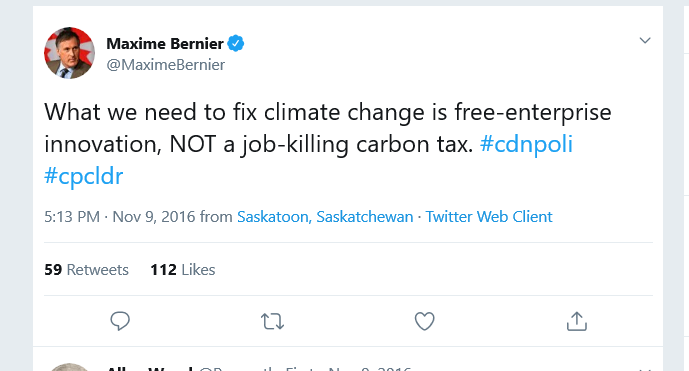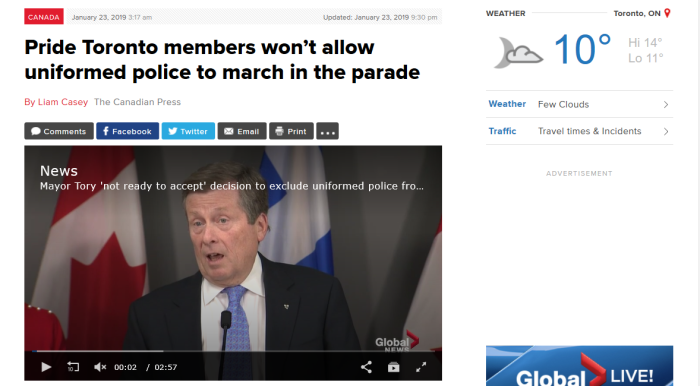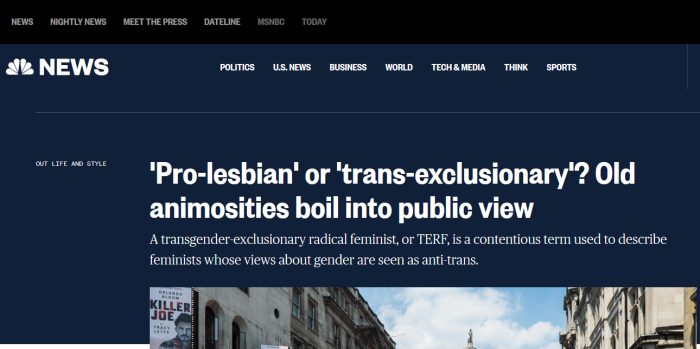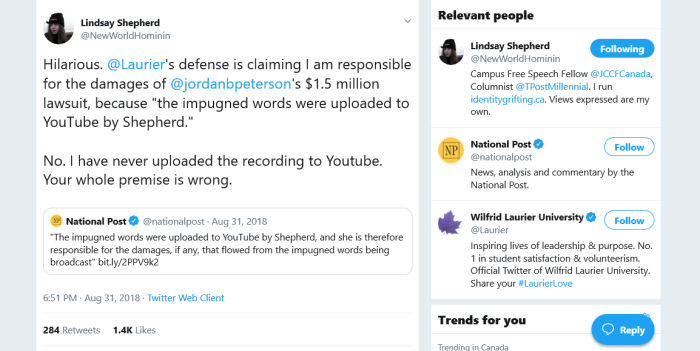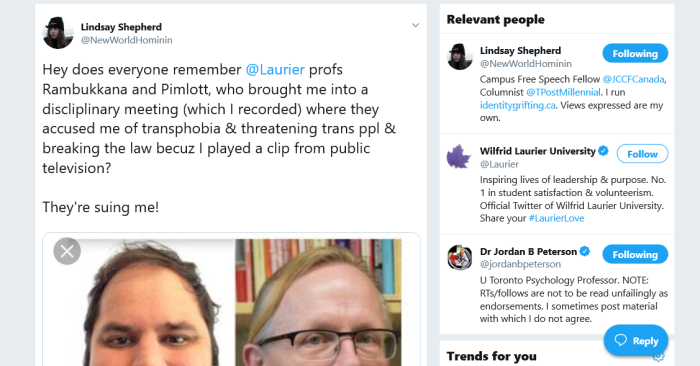(Court reference regarding Carbon tax in Saskatchewan)
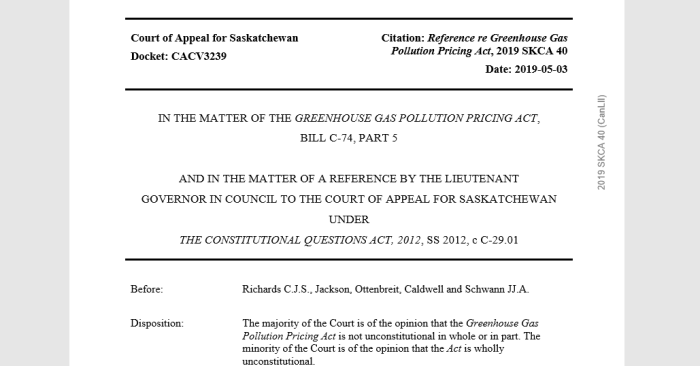
(Saskatchewan Premier Scott Moe)
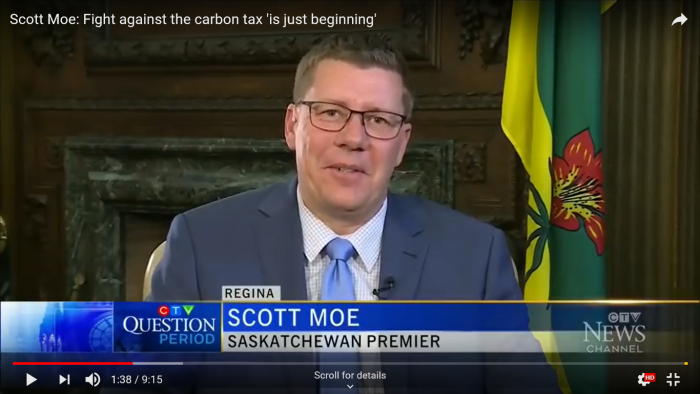
(Environment Minister Catherine McKenna)

1. Debunking The Climate Change Scam
CLICK HERE, for #1: major lies that the climate frauds tell.
CLICK HERE, for #2: text/review of the Paris Accord.
CLICK HERE, for #3: Bill C-97, GHG Pollution Pricing Act.
2. Important Links
SK COA Ruling On Carbon Tax
http://archive.is/tNe2k
Saskatchewan Court Of Appeal Reference Question
SKCA Attorney General Of Canada
SKCA Attorney General Of Ontario
SKCA Attorney General Of New Brunswick
SKCA Attorney General Of British Columbia
SKCA Canadian Taxpayers Association
SKCA David Suzuki Foundation
SKCA International Emissions Trading Association
SKCA United Conservative Association
CLICK HERE, for the Saskatchewan COA Reference.
CLICK HERE, for Saskatchewan Premier, Scott Moe.
CLICK HERE, for Environment Minister Catherine McKenna.
CLICK HERE, for the Paris Accord itself.
CLICK HERE, for Bjorn Lomborg, Copenhagen Consensus Center. (0.05 degrees)
CLICK HERE, for fact-checking Paris Accord. (0.20 degrees)
CLICK HERE, for limited temperature raises form 2 degrees to 1.5 (0.50).
CLICK HERE, for some skepticism.
CLICK HERE, for the Climate Change 2014 Synthesis Report Summary for Policymakers [Climate Change 2014], used by Sask COA.
CLICK HERE, for the UN Conference on Climate Change (2015).
3. Quotes From Majority Ruling
[4] The factual record presented to the Court confirms that climate change caused by anthropogenic greenhouse gas [GHG] emissions is one of the great existential issues of our time. The pressing importance of limiting such emissions is accepted by all of the participants in these proceedings.
Okay, to start this off, Saskatchewan Premier Scott Moe doesn’t actually “challenge” any of the climate change alarmist claims that society depends on it. He doesn’t challenge any of the pseudo-science or the history of failed climate models. His only argument is that a Carbon tax is ineffective.
If you were expecting Premier Moe to examine or look into any of the “scientific” claims, he is not the man to do it.
[5] The Act seeks to ensure there is a minimum national price on GHG emissions in order to encourage their mitigation. Part 1 of the Act imposes a charge on GHG-producing fuels and combustible waste. Part 2 puts in place an output-based performance system for large industrial facilities. Such facilities are obliged to pay compensation if their GHG emissions exceed applicable limits. Significantly, the Act operates as no more than a backstop. It applies only those provinces or areas where the Governor in Council concludes GHG emissions are not priced at an appropriate level.
[6] The sole issue before the Court is whether Parliament has the constitutional authority to enact the Act. The issue is not whether GHG pricing should or should not be adopted or whether the Act is effective or fair. Those are questions to be answered by Parliament and by provincial legislatures, not by courts.
So not only does the Saskatchewan Government accept that climate change is a threat to our existence, it doesn’t even ask the Court to consider if such a measure is fair or effective.
[16] ….(a) “Human influence on the climate system is clear, and recent anthropogenic emissions of greenhouse gases are the highest in history. Recent climate changes have had widespread impacts on human and natural systems” (at 2).
.
(b) “Warming of the climate system is unequivocal, and since the 1950s, many of the observed changes are unprecedented over decades to millennia. The atmosphere and ocean have warmed, the amounts of snow and ice have diminished, and sea level has risen” (at 2).
.
(c) “Anthropogenic greenhouse gas emissions have increased since the pre-industrial era, driven largely by economic and population growth, and are now higher than ever. This has led to atmospheric concentrations of carbon dioxide, methane and nitrous oxide that are unprecedented in at least the last 800,000 years. Their effects, together with those of other anthropogenic drivers, have been detected throughout the climate system and are extremely likely to have been the dominant cause of the observed warming since the mid-20th century” (emphasis in original, at 4).
.
(d) “Changes in many extreme weather and climate events have been observed since about 1950. Some of these changes have been linked to human influences, including a decrease in cold temperature extremes, an increase in warm temperature extremes, an increase in extreme high sea levels and an increase in the number of heavy precipitation events in a number of regions” (at 7).
.
(e) “Continued emission of greenhouse gases will cause further warming and long lasting changes in all components of the climate system, increasing the likelihood of severe, pervasive and irreversible impacts for people and ecosystems. Limiting climate change would require substantial and sustained reductions in greenhouse gas emissions which, together with adaptation, can limit climate change risks” (at 8).
.
(f) “Surface temperature is projected to rise over the 21st century under all assessed emission scenarios. It is very likely that heat waves will occur more often and last longer, and that extreme precipitation events will become more intense and frequent in many regions. The ocean will continue to warm and acidify, and global mean sea level to rise” (emphasis in original, at 10).
.
(g) “Climate change will amplify existing risks and create new risks for natural and human systems. Risks are unevenly distributed and are generally greater for disadvantaged people and communities in countries at all levels of development”
.
(h) “Without additional mitigation efforts beyond those in place today, and even with adaptation, warming by the end of the 21st century will lead to high to very high risk of severe, widespread and irreversible impacts globally (high confidence). …” (emphasis in original, at 17).
.
None of these conclusions were challenged or put in issue by the participants in this Reference
Source for claims. Read through it. Despite all of the dire warnings inside, there is little to actually justify any of it.
To repeat: NONE of these “facts” are disputed by the Saskatchewan Government or Premier Moe. The Government doesn’t dispute that the IPCC claims to know what happened 800,000 years ago. It doesn’t challenge any of the predictions (and computer models are just predictions). Instead, the case will boil down to technical arguments as to whether the Feds have the jurisdiction to impose the Carbon tax.
Saskatchewan concedes all of the “factual” arguments around climate change, and instead tries to make narrow legal arguments against it being imposed.
In fact, watching Premier Moe’s speech after the ruling, it is clear he believes that the climate change scam is legitimate. Rather, he argues that the Federally mandated Carbon tax is just an ineffective means of dealing with it.
While on a technical level, Saskatchewan does make interesting arguments about jurisdiction. However, it’s difficult to justify not jumping onboard when you have agreed that climate change threatens humanity
[7] The Constitution Act, 1867 distributes legislative authority between Parliament and the provincial legislatures. Broadly speaking, a statute is valid if its essential character falls within a subject matter allocated to the legislative body that put the statute in place. Neither level of government has exclusive authority over the environment. As a result, Parliament can legislate in relation to issues such as GHGs so long as it stays within the four corners of its prescribed subject matters and the provinces can do the same so long as they stay within their prescribed areas of authority.
[8] The Attorney General of Saskatchewan [Saskatchewan] challenges the Act by submitting it imposes taxes in the constitutional sense of the term. This would normally be legally unobjectionable because Parliament enjoys a broad taxing authority. However, Saskatchewan contends the Act is invalid because the Governor in Council determines the provinces where it operates. This is said to offend the principle of federalism in that the application of the Act depends on whether a province has exercised its own jurisdiction in relation to pricing GHG emissions to a standard considered appropriate by the Governor in Council. Saskatchewan also says the Act runs afoul of s. 53 of the Constitution Act, 1867. Section 53 requires, in effect, that taxes be authorized by legislative bodies themselves, not by executive government or otherwise.
[9] Saskatchewan’s arguments on this front cannot be accepted. The principle of federalism is not a free-standing concept that can override an otherwise validly enacted law. Rather, it is a value to be taken into account when interpreting the Constitution. The s. 53 argument cannot be sustained either because, in constitutional terms, the levies imposed by the Act are regulatory charges, not taxes. In any event, even if they were taxes, the Act does not offend s. 53. Parliament has clearly and expressly authorized the Governor in Council to decide where the Act will apply.
The layman’s explanation is not that the science is sound (it isn’t) nor that such a tax is fair or appropriate. Again, the Court is only considering whether Ottawa stepped over its bounds by encroaching on a Provincial matter. The majority (a 3-2 decision), says no it does not.
[29] The federal government released a document entitled Pan-Canadian Approach to Pricing Carbon Pollution on October 3, 2016. The approach outlined in the document was grounded both on the proposition that economy-wide carbon pricing was the most efficient way to reduce GHG emissions and a recognition that several jurisdictions including British Columbia, Ontario and Québec had already introduced carbon pricing regimes. The approach proposed by the government involved a pan-Canadian “benchmark” for carbon pricing. The benchmark involved a requirement that pricing regimes apply to essentially the same emission sources as British Columbia’s carbon tax. The required stringency of the benchmark, for an explicit price-based system, was that carbon pricing should start at a minimum of $10 per tonne in 2018 and rise by $10 per year to $50 per tonne in 2022. The provinces with cap-and-trade systems would have to ensure that emission reduction targets were in line with Canada’s overall reduction target. As well, the federal government’s approach was stated to involve a “backstop”. This was the idea that the federal government would introduce an explicit price-based carbon pricing system in jurisdictions that did not meet the benchmark.
Again, the Provinces are all on board with the global warming scam, but Ottawa decided to enact a pricing scheme on Provinces that would not enact their own.
And from Saskatchewan’s own submissions:
[33]We wholeheartedly support efforts to reduce greenhouse gases. But those efforts must be effective and they must not disadvantage one region of Canada more than another. A federal carbon tax is ineffective and will impair Saskatchewan’s ability to respond to climate change.
Our opposition to the federal government’s carbon tax should not be seen as reluctance to act. Rather, it is a recognition that we must act, and act decisively, with all our economic strength. For Saskatchewan, mitigation is not enough. Our agriculture and resource-rich province must also focus on climate adaptation and resilience in order to be effective.
This reads like a dog-and-pony show. The Saskatchewan Government at every turn admitting that “climate change” is a dire threat to the world. The complaint seems to be wanting to implement its own solution.
Is Scott Moe just going through the motions?
[51] Saskatchewan advances two main lines of argument in seeking to have the Act found unconstitutional. The first is that the principle of federalism prevents Parliament from enacting a statute applicable in only some provinces because of how those provinces have chosen to exercise their legislative authority. Saskatchewan’s second argument is that the Act imposes a tax and, because it allows the Governor in Council to decide where it applies, the Act offends the requirement in s. 53 of the Constitution Act, 1867 that bills imposing taxes must originate in the House of Commons. Saskatchewan goes on to deny that, as contended by Canada, the Act can be sustained under Parliament’s authority under the national concern branch of POGG. It also denies, as suggested by some intervenors, that the Act, or features of it, can be supported under Parliament’s authority in relation to trade and commerce, emergencies, criminal law or treaties.
Argument 1: can’t treat the Provinces differently.
Argument 2: Tax bills must come from House of Commons.
Let’s address those both.
[60] It is useful to begin by underlining that, as Saskatchewan concedes, there is no recognized constitutional requirement that laws enacted by Parliament must apply uniformly from coast to coast to coast. To the contrary, a number of decisions have upheld federal laws with uneven geographic application.
[68] Saskatchewan has referred to no judicial authority which in any way directly supports the idea that the principle of federalism can or should independently render unconstitutional an otherwise valid law. Its argument on this front cannot succeed.
Several cases are then cited, in fact beating down Saskatchewan’s argument #1. That was one of 2 legal arguments, and Saskatchewan goes into Court without a single case to back up its claims. Now to get to argument #2.
[100] Saskatchewan >does not challenge Parliament’s legislative authority to enact the Act under its s. 91(3) taxation power. Indeed, it takes the initiative in arguing that the levies imposed by the Act fall under s. 91(3). Saskatchewan’s real point lays one step down the road from this characterization of the Act. It takes issue with the authority of the Governor in Council to determine the provinces and areas to which the Act will apply. This authority is said to make the Act non-compliant with s. 53.
Saskatchewan admits the Federal Government has the power to impose taxes. Rather it takes issue with the Governor in Council determining where it will apply. But in all fairness, Ottawa “did” give all Provinces the chance to come up with their own taxation policies.
Argument #1: Claiming non-uniform treatment, yet admitting there is no requirement for uniform treatment. Also, not a single case to rely in.
Argument #2: Admitting Ottawa has constitutional power to impose taxes, but arguing over how it should apply.
Some pretty weak arguments.
Now, had Saskatchewan challenged the factual basis for the climate change scam, instead of relying on narrow, legal arguments, this may have ended quite differently.
Saskatchewan did also raise this issue of “Peace, Order and Good Governance”, but that was shot down as well
[210] The advisory opinion offered in response to the question posed by the Lieutenant Governor in Council is as follows: “The Greenhouse Gas Pollution Pricing Act is not unconstitutional either in whole or in part”.
4. Quotes From Minority Dissent
[236] GHGs are gases that absorb and re-emit infrared radiation, the most prevalent of which is carbon dioxide [CO2]. GHGs are a significant contributor to climate change. For this reason, the parties and intervenors all agree that the governments of Canada and the Provinces must take steps to mitigate the anthropogenic emission of GHGs. Because none of the Attorneys General dispute the causative effect anthropogenic GHGs have on climate change or the attendant and existential necessity of mitigating anthropogenic GHG emissions, the proof or truth of these facts is not at issue. That is, they are proven and true.
[237] In policy terms, the Act is the product of the federal government’s efforts to meet Canada’s commitments under the Paris Agreement (AG-Can Record, Moffet Affidavit vol 2, Tab I). This is apparent from the terms of the March 3, 2016, Vancouver Declaration on Clean Growth and Climate Change (AG-SK Record, Tab 1 [Vancouver Declaration]), where First Ministers of Canada recognised the necessity of reducing anthropogenic GHG emissions and committed their respective governments to “[i]mplement GHG mitigation policies in support of meeting or exceeding Canada’s 2030 target of a 30% reduction below 2005 levels of emissions, including specific provincial and territorial targets and objectives”.
Even the dissenting Justices acknowledged that Saskatchewan admits the “climate change” issue is real.
[459] The Attorney General of Canada concedes the Act will cause prices of agricultural inputs to rise. Even though farmers are exempt from the fuel charge, the producers, manufacturers and retailers of farm inputs are not. Further, transportation companies that haul grain, livestock and inputs for farmers are not exempt from the fuel levy. In this way, the effect of the Act is to regulate local industries, businesses and consumer activity in a specific way chosen by the federal government, but the practical effect on a Province of the imposition of federal GHG emissions policy under the Act is a profound intrusion into the exclusive spheres of Provincial jurisdiction. As set forth earlier, the Government of Saskatchewan has indicated in the Saskatchewan Strategy that it believes the fuel levy imposed under the Act will actually impair its ability to react to and to address climate change.
[460] The Act is highly intrusive into provincial jurisdiction. Although less direct, it is only slightly less intrusive than the legislation considered in Anti-Inflation, where the federal government had sought to pervasively control wages and prices in the Provinces. Although the Supreme Court sustained that legislation under the emergency branch of POGG, it could not have sustained the legislation under the national concern branch.
[461] The Act is highly intrusive in another way. The benchmark, which determines its application in the Provinces, effectively establishes federal oversight of GHG emissions regulation by the Provinces within their spheres of exclusive jurisdiction. It is regulation of the regulator. To permit Parliament to exercise a law-making power of this nature in respect of GHGs would be to open up the use of POGG to allow regulatory oversight by the federal government over all manner of Provincial matters as it might unilaterally deem to have become matters of national concern.
[462] Of particular concern to us on the question of its impact are the provisions of the Act that make it possible for the executive branch of federal government to substantially alter the original form and effect of the Act. The provisions that permit statutory transmogrification are ss. 26, 166 to 168 and 197(1)(a). Furthermore, the pervasive use of the word prescribed in the Act confers further metamorphic power on the executive branch to alter the appearance, character and functionality of the Act. These provisions have been referred to earlier but are worth reviewing in this context. In that regard, s. 26, dealing with the fuel levy, allows the federal cabinet by prescribing certain things, to change to whom the fuel levy applies, under what conditions it applies, the manner of payment and the time of payment.
Some interesting points:
(a) Act effectively regulates local businesses.
(b) Act is highly intrusive into Provincial matters.
(c) Allows Federal regulation of Provincial matters.
(d) Feds can amend this unilaterally.
[468] In our view, the position taken by the Attorney General of Canada mirrors the scenario described above. The Act has broad effects and the potential to have even broader effect than its current terms, but these facts are ignored in the expediency of characterising the matter, whether in terms of cumulativeness or stringency, narrowly enough to qualify it as a matter of national concern. However, a court cannot ignore the fact that, by its very terms, the Act can be expanded in any way the federal cabinet determines is necessary or expedient.
[476] Before summarising our opinion, we would reiterate two points. First, we agree that all levels of government in Canada must take action to address climate change. The anthropogenic emission of GHGs is an issue of pressing concern to all Canadians and to the world. Second, Parliament has a number of constitutional powers, legislative means and administrative mechanisms at its disposal to achieve its objectives in this regard. This reference arises because Parliament chose not to avail itself of its established constitutional powers or to do so validly. Notwithstanding the existential threat of climate change, federalism in Canada means that all governments of Canada must bring all law-making power to bear on the issue of climate change, but in a way that respects the division of powers under the Constitution Act, 1867
Though some interesting legal arguments were raised, Saskatchewan plays along with the propaganda that climate change is an existential threat to humanity.
IV. OPINION
[477] Section 52 of the Constitution Act, 1982 states that the Constitution is the supreme law of Canada and any law that is inconsistent with the provisions of the Constitution is, to the extent of the inconsistency, of no force or effect. We advise the Lieutenant Governor in Council that, for the foregoing reasons, in our opinion:
(a) Part 1 of the Act is invalid, being an unconstitutional delegation of Parliament’s law-making power under s. 91(3) of the Constitution Act, 1867 and being contrary to s. 53 of the Constitution Act, 1867.
(b) The Act cannot be sustained as a valid exercise of Parliament’s other enumerated law-making powers under s. 91 of the Constitution Act, 1867 nor can it be sustained under POGG
So, by a 3-2 margin, the Saskatchewan Court of Appeals rules that the Carbon tax can be legally imposed on Provinces.
5. Actual Climate Change Research
Table 1. Impact of climate policies, optimistic and pessimistic,
for RCP8.5, using MAGICC, summary of finds described through-out the text
Change in temperature
| °C year 2100 |
Pessimistic |
Optimistic |
| US INDC |
0.008 |
0.031 |
| US CPP |
0.004 |
0.013 |
| EU INDC |
0.017 |
0.053 |
| EU 2020 |
0.007 |
0.026 |
| China INDC |
0.014 |
0.048 |
| RoW INDC |
0.009 |
0.036 |
| Global INDCs |
0.048 |
0.170 |
See page 9 (Page 117 in index) for above table.
Source is here.
That’s right. Even the most optimistic climate models, would be a reduction of 0.170 degrees Celcius. Most pessimistic case would be 0.048 degrees Celcius. 0.048 to 0.170 degrees over the next century. Rather than getting nitpicky over jurisdiction, perhaps Scott Moe SHOULD have challenged the facts and evidence.
6. Was The Challenge Designed To Fail?
The “Conservative” Government of Scott Moe doesn’t challenge the climate change agenda itself. None of them do. Instead, this is extremely narrow arguments over jurisdiction. And it’s about to get much worse, so stay tuned.
Like this:
Like Loading...
